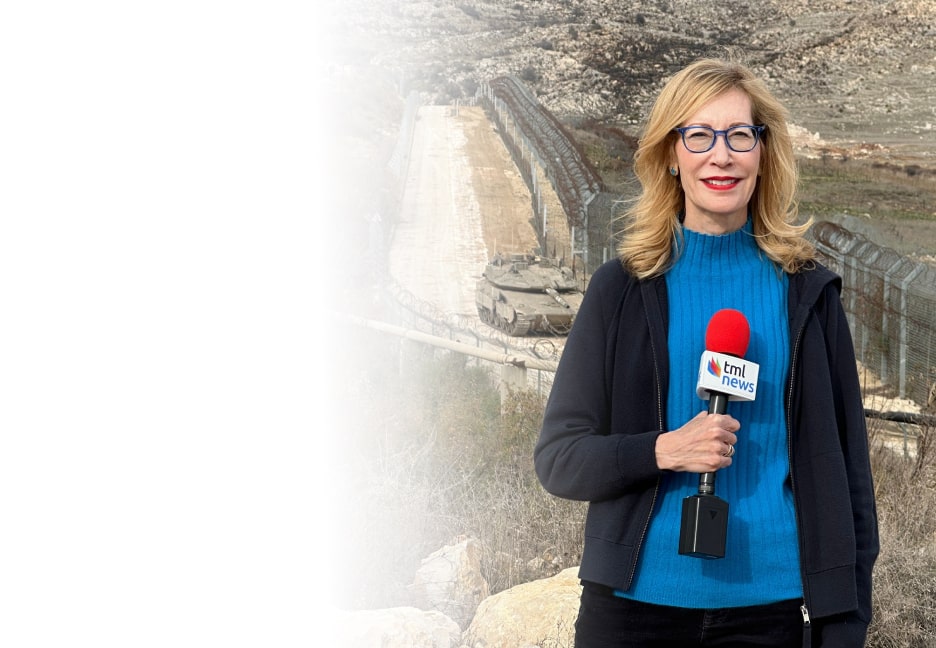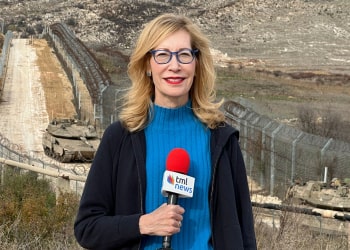Inspectors Warn: Over 100 Syrian Chemical Weapons Sites May Still Exist
More than 100 chemical weapons sites could still exist in Syria, according to reporting by The New York Times based on findings from the Organization for the Prohibition of Chemical Weapons (OPCW). The number, drawn from intelligence sources and nonprofit researchers, far exceeds the 27 sites initially declared by the regime of former President Bashar Assad when Syria agreed to disarm in 2013.
The suspected sites were likely used for research, manufacturing, and storage of nerve agents like sarin, as well as chlorine and mustard gas. Some are believed to be hidden in caves or other difficult-to-reach areas, raising the risk that dangerous stockpiles could fall into the hands of armed groups.
This holiday season, give to:
Truth and understanding
The Media Line's intrepid correspondents are in Israel, Gaza, Lebanon, Syria and Pakistan providing first-person reporting.
They all said they cover it.
We see it.
We report with just one agenda: the truth.


The findings come as Syria’s caretaker government—led by Hay’at Tahrir al-Sham, a group designated by the United States as a terrorist organization—faces pressure to provide full access to international inspectors. Although the new leadership allowed an OPCW team to begin on-the-ground assessments and pledged to eliminate remaining weapons, many experts are skeptical. “There are many locations that we don’t know about because the old regime was lying to the OPCW,” Raed al-Saleh of the Syria Civil Defense told The New York Times.
Nidal Shikhani, who heads the Chemical Violations Documentation Center of Syria, said his group has identified dozens of possible sites based on interviews with former government scientists. Israeli airstrikes on suspected facilities after Assad’s ouster may have damaged or destroyed key evidence, complicating efforts to document violations.
Syria’s chemical weapons program dates to the 1970s and involved hundreds of scientists, many trained in Europe. Despite official disarmament, watchdogs documented repeated use of banned substances through at least 2018, raising ongoing concerns about accountability and security.
